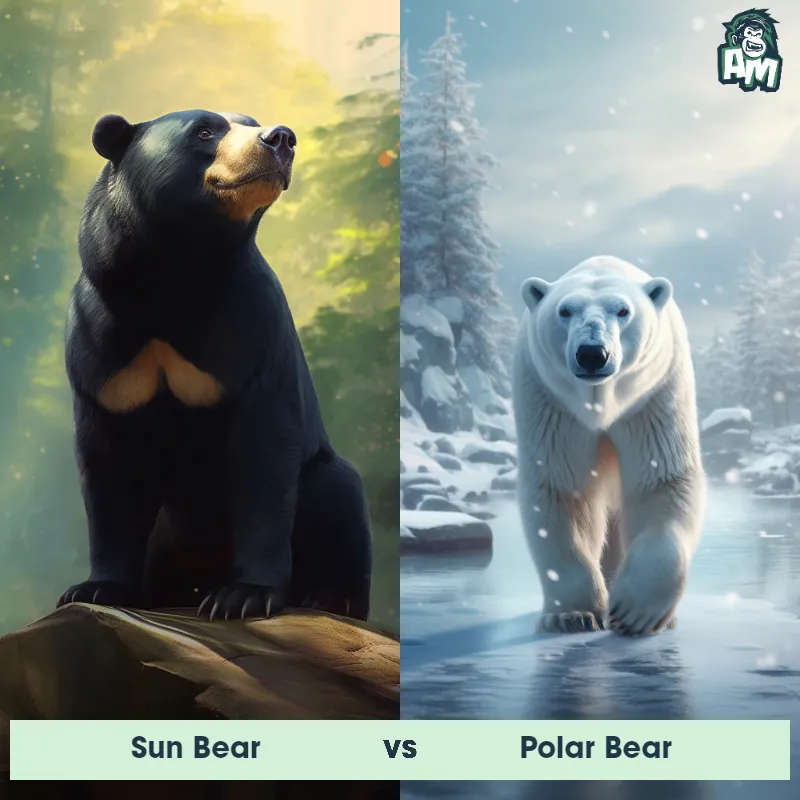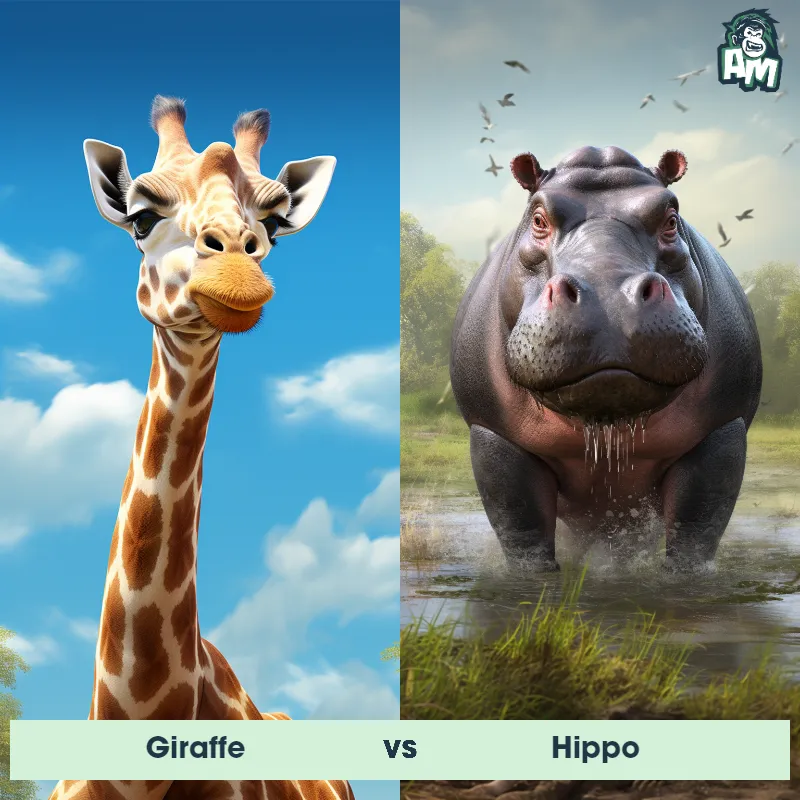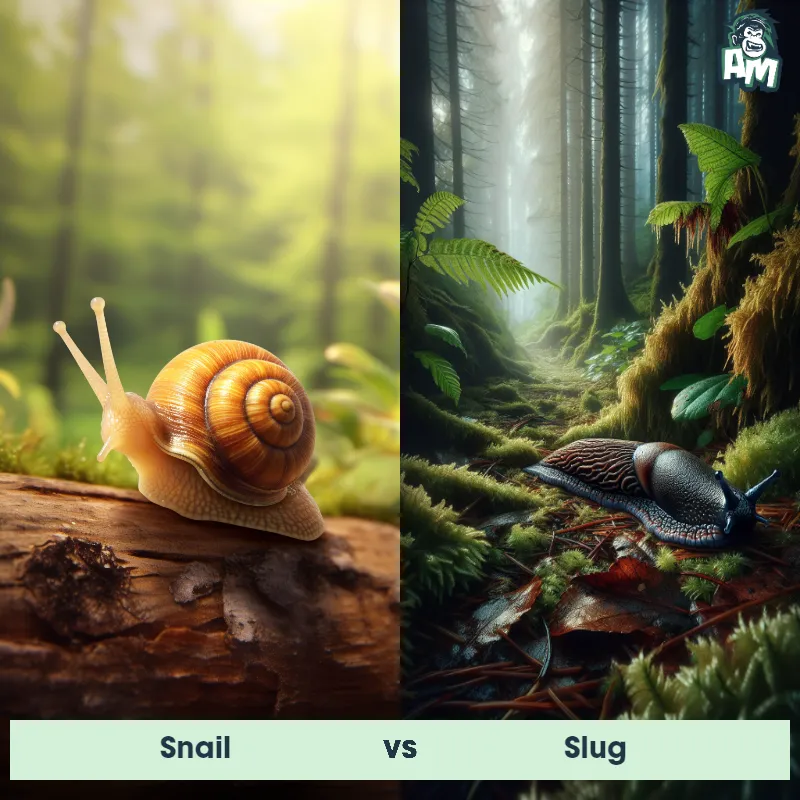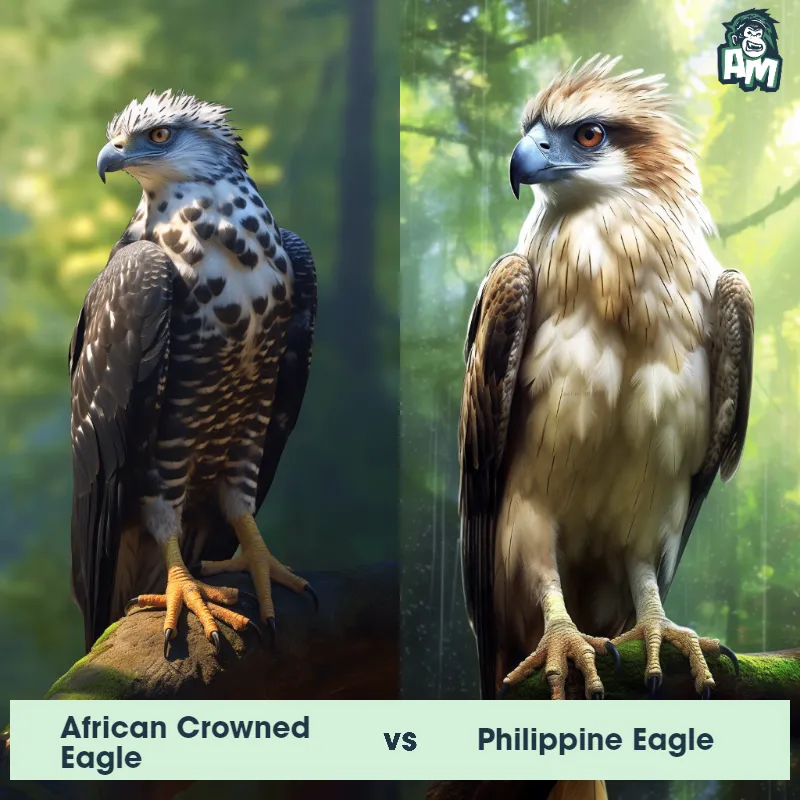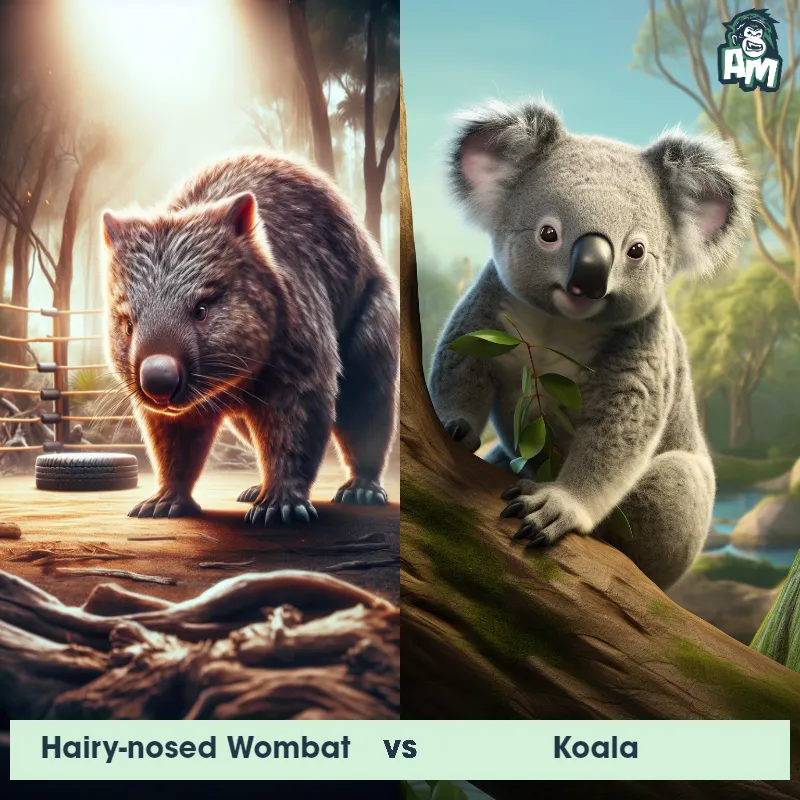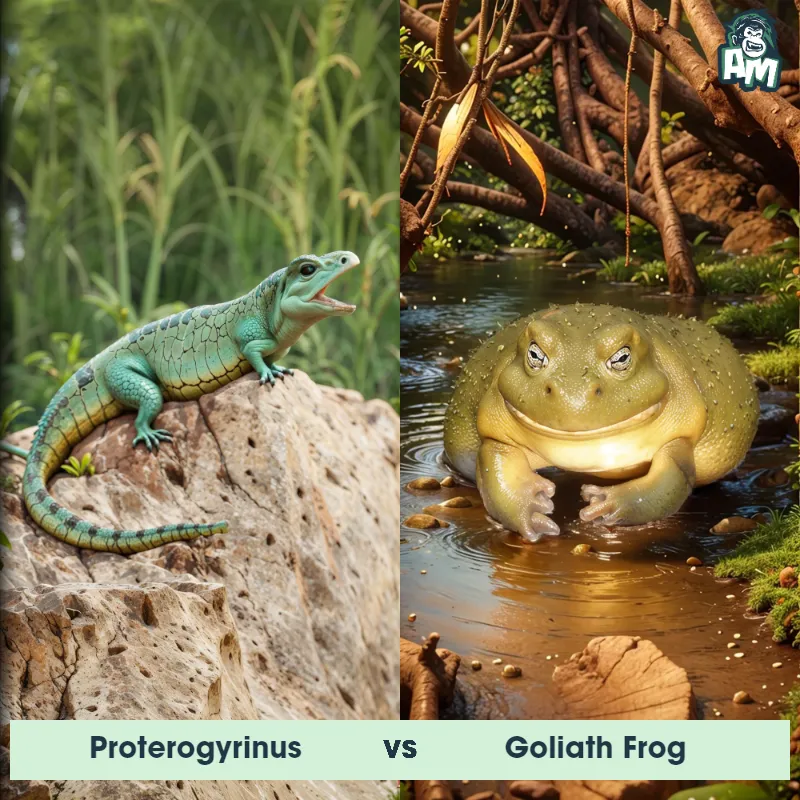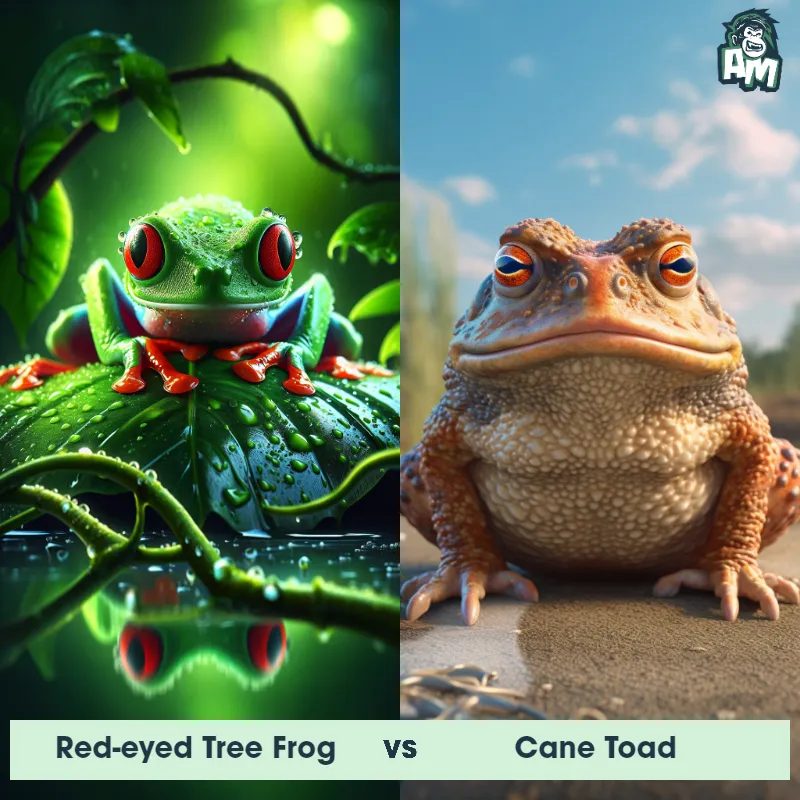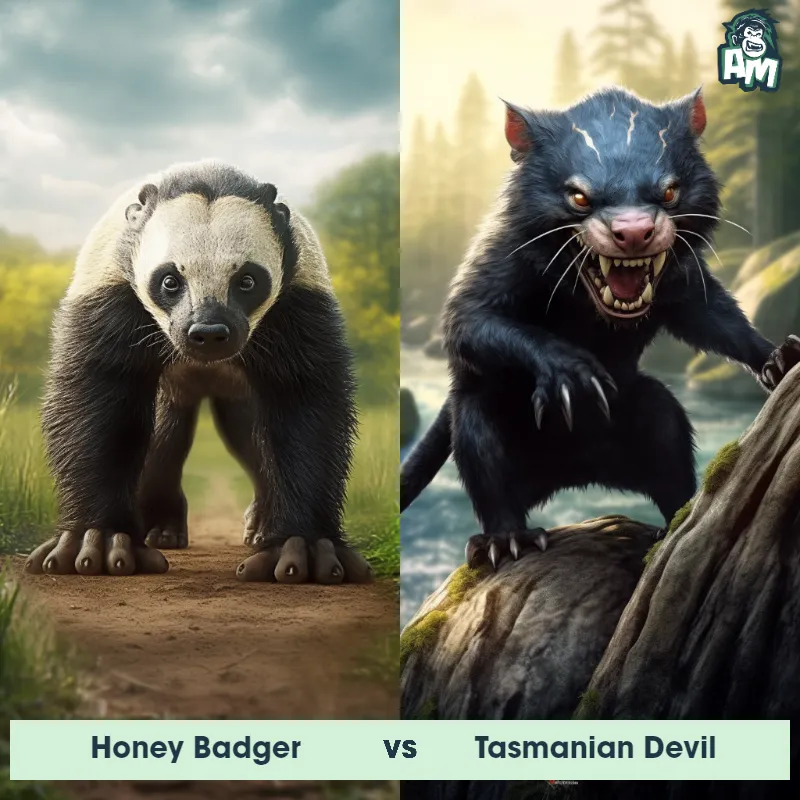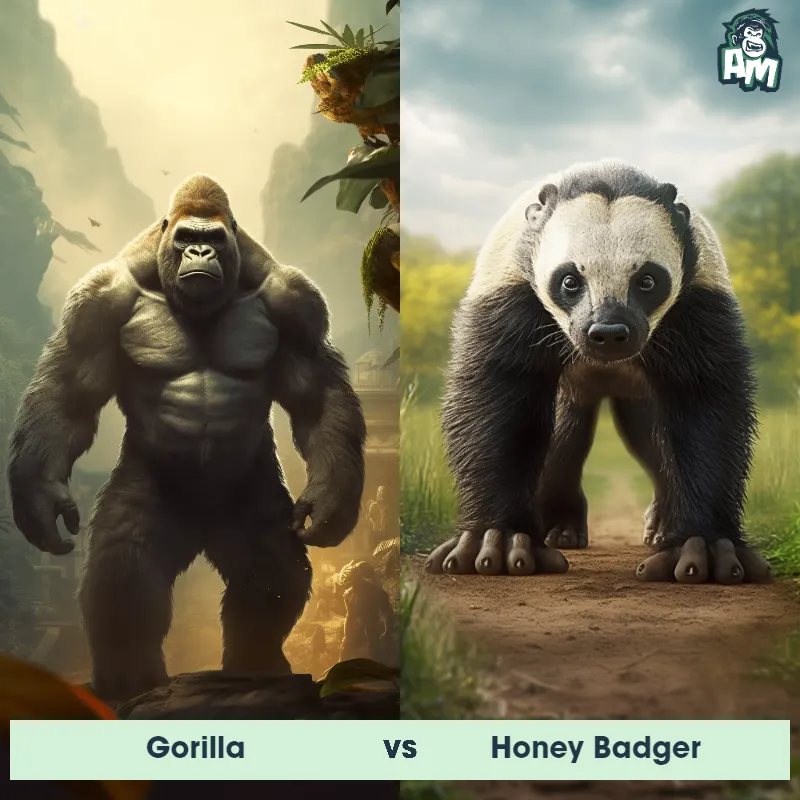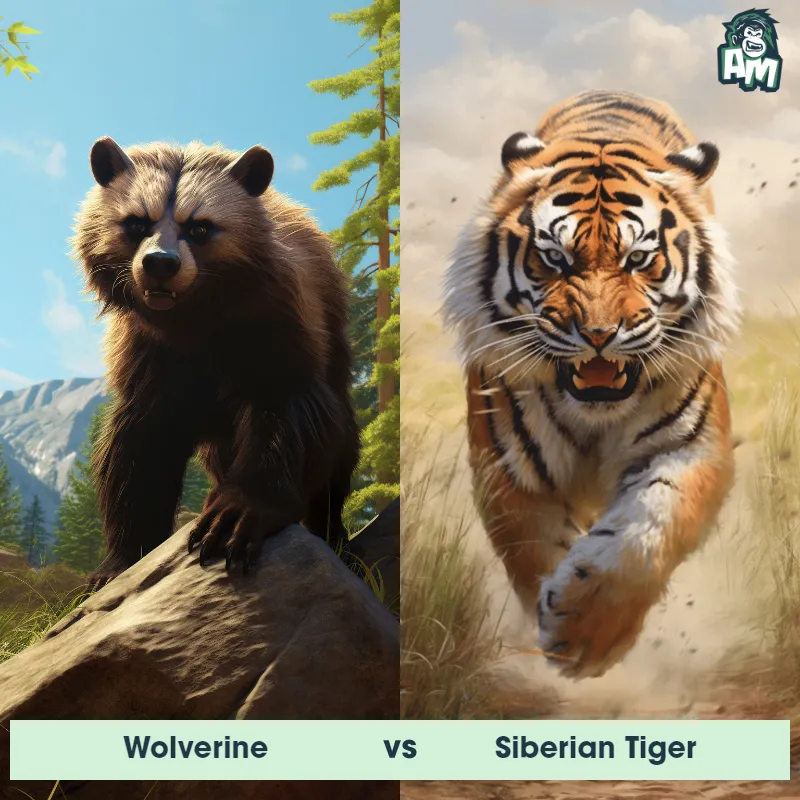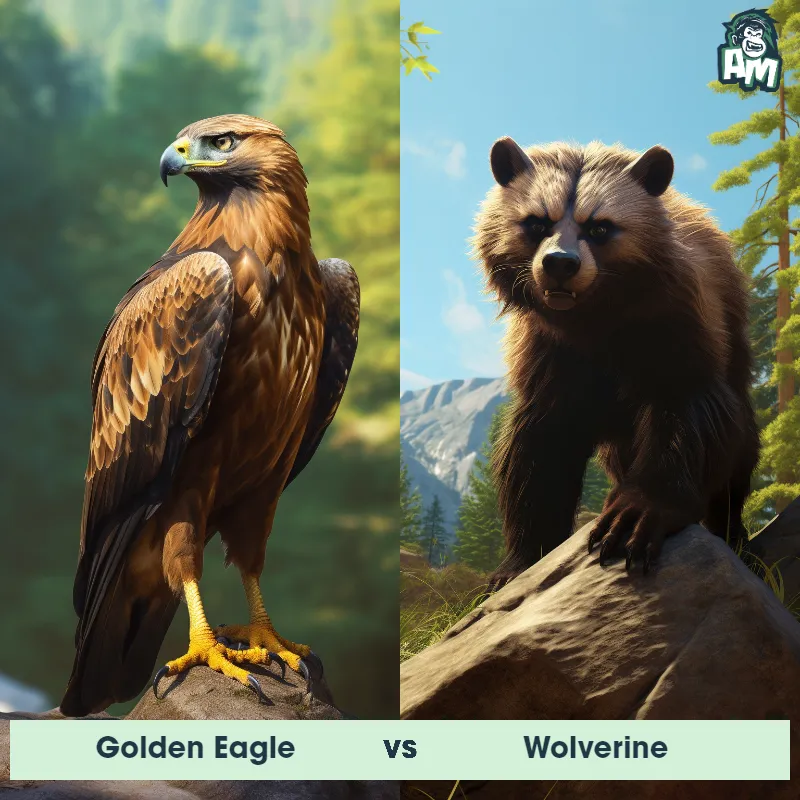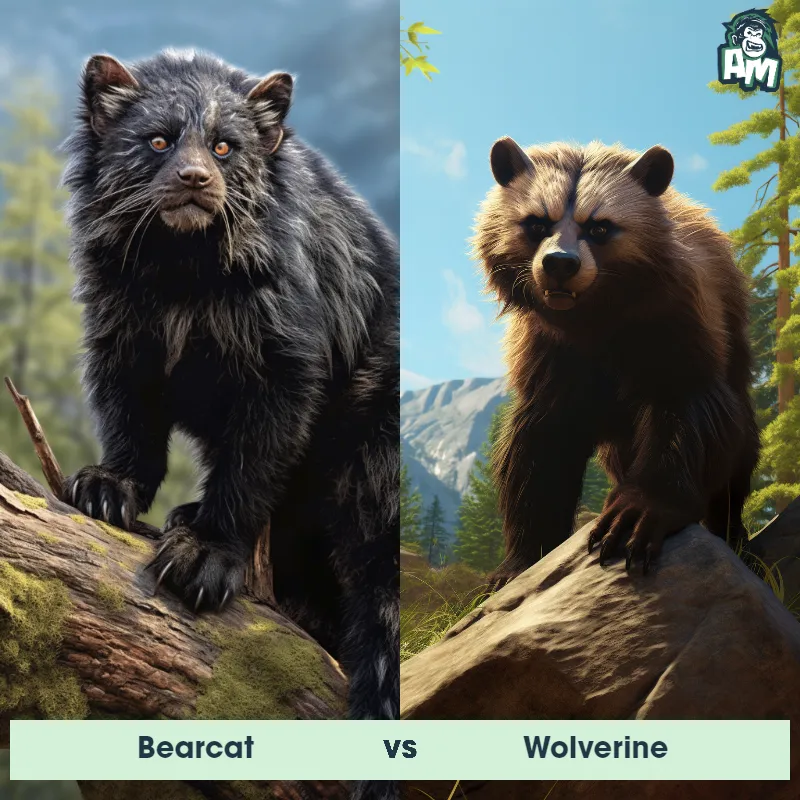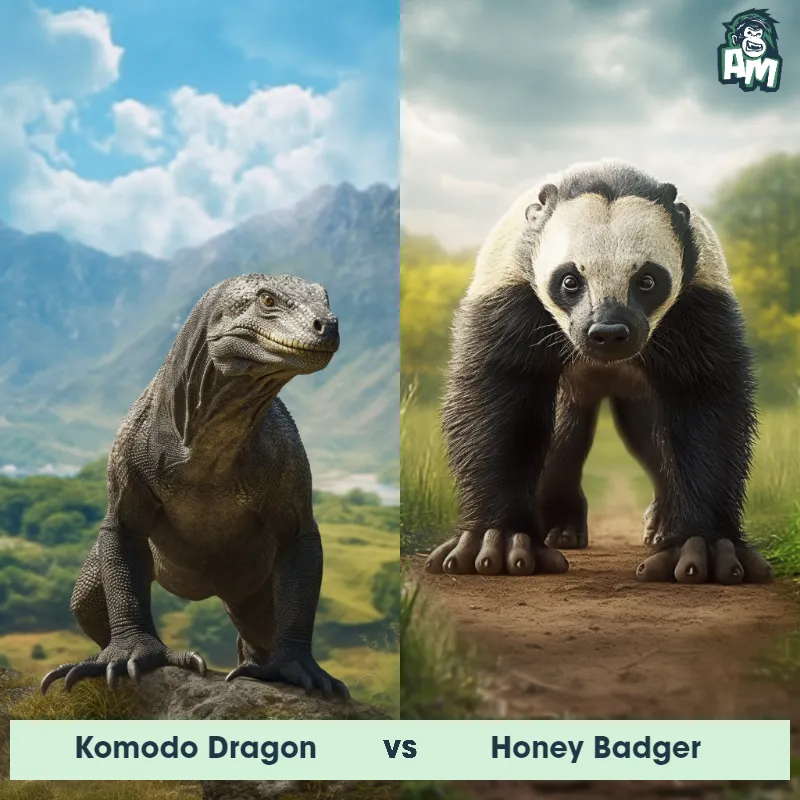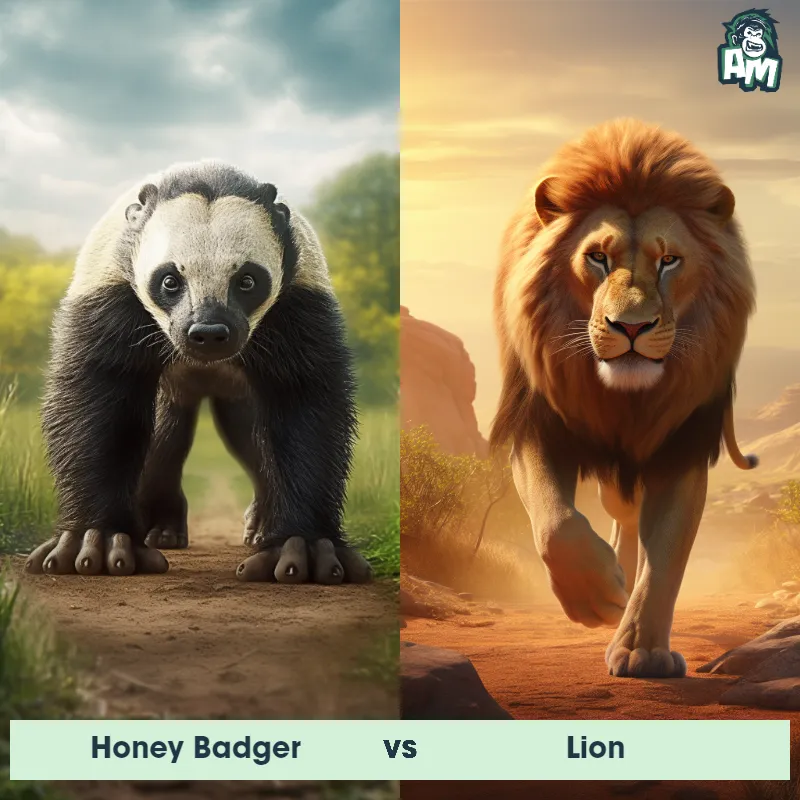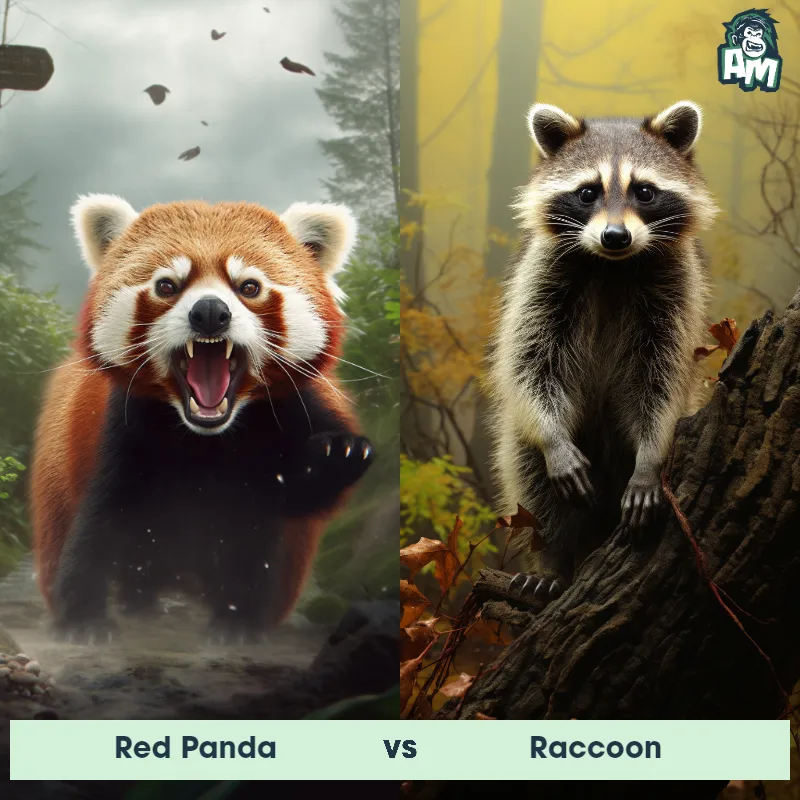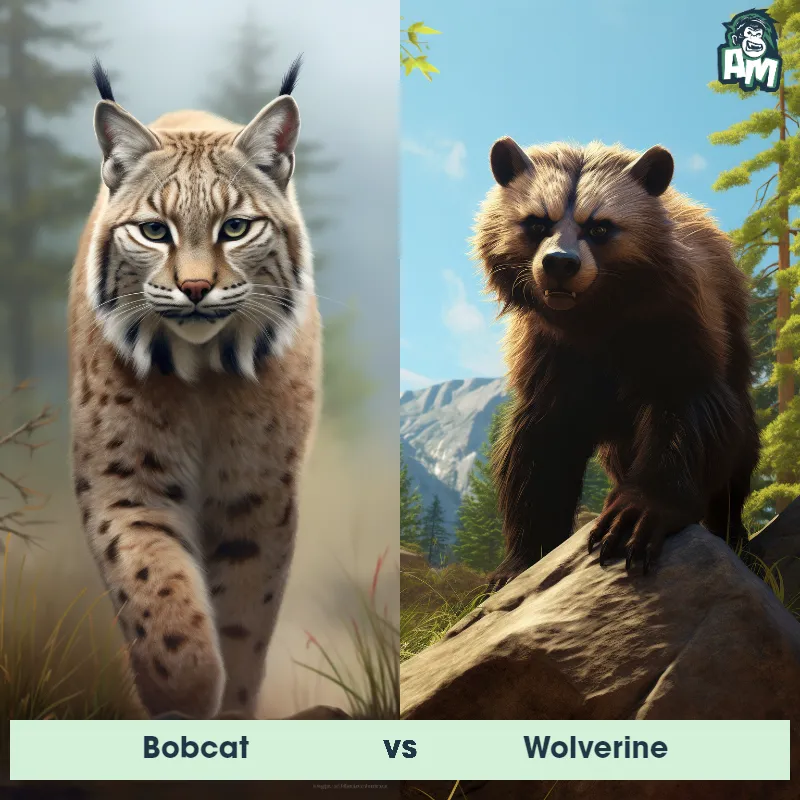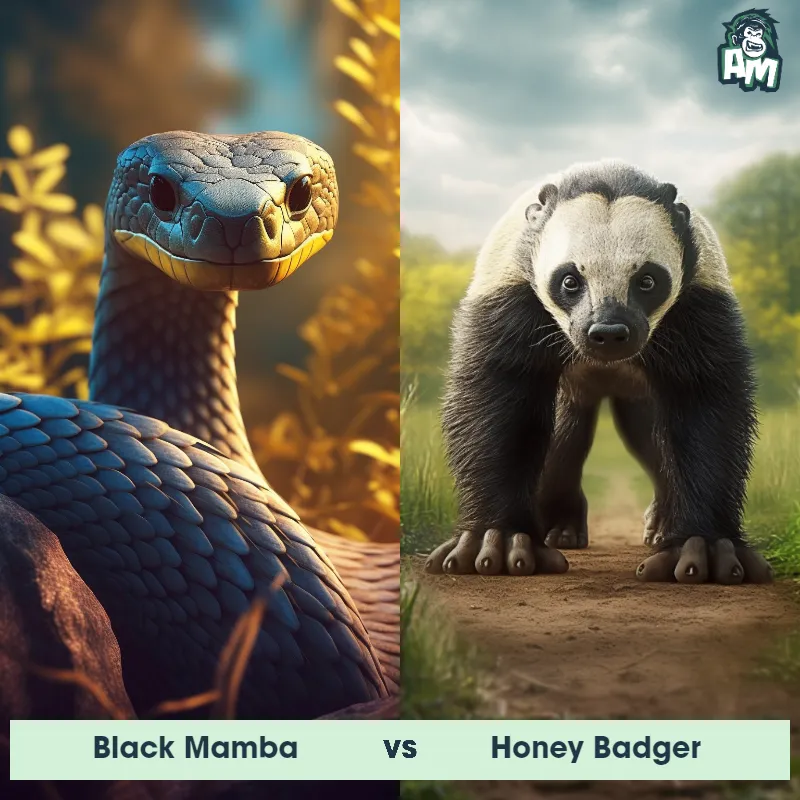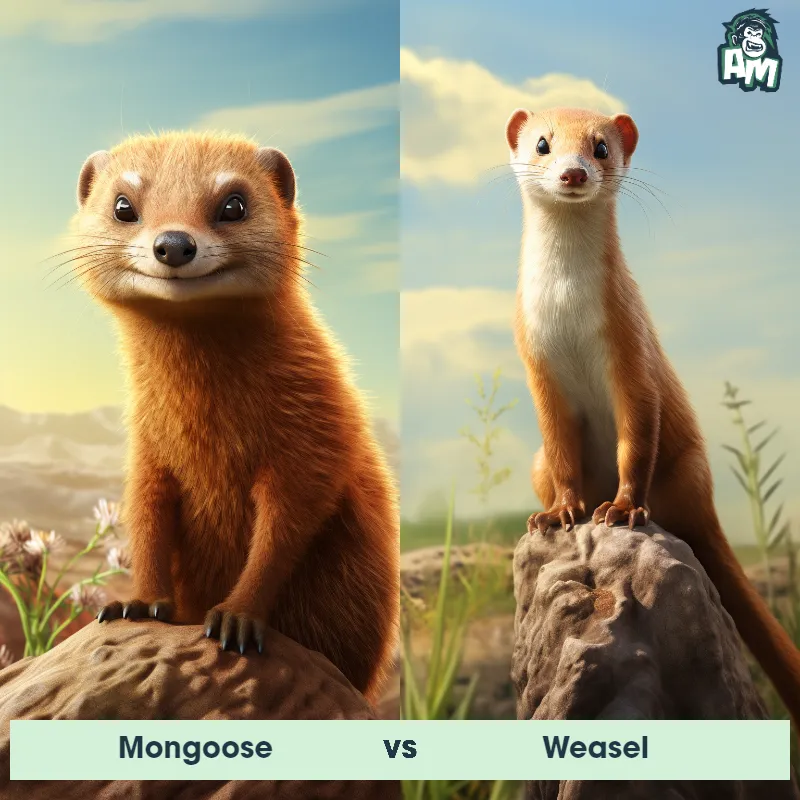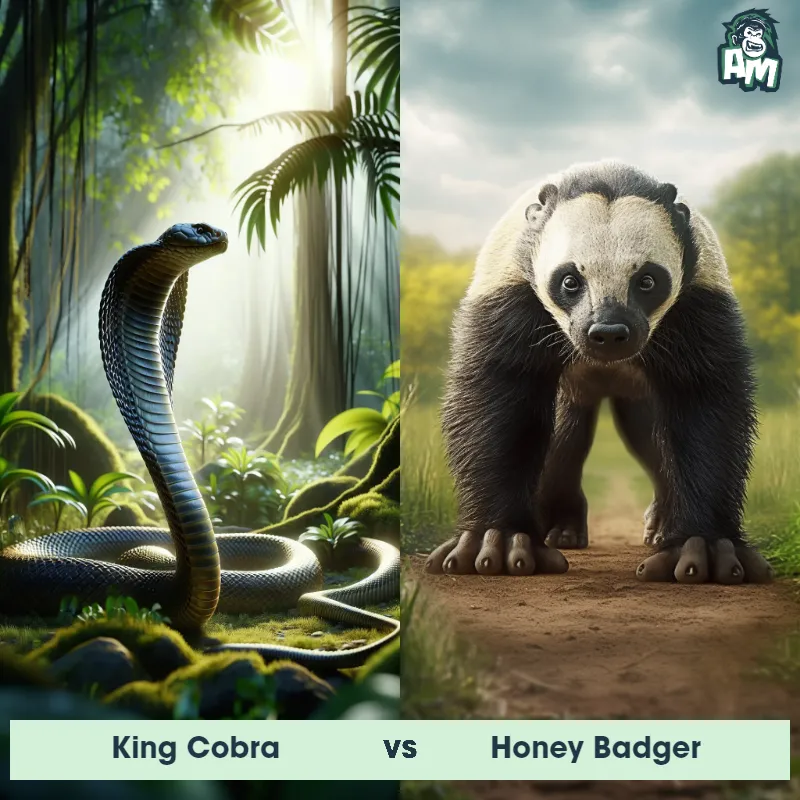Honey Badger vs RaccoonSee Who Wins
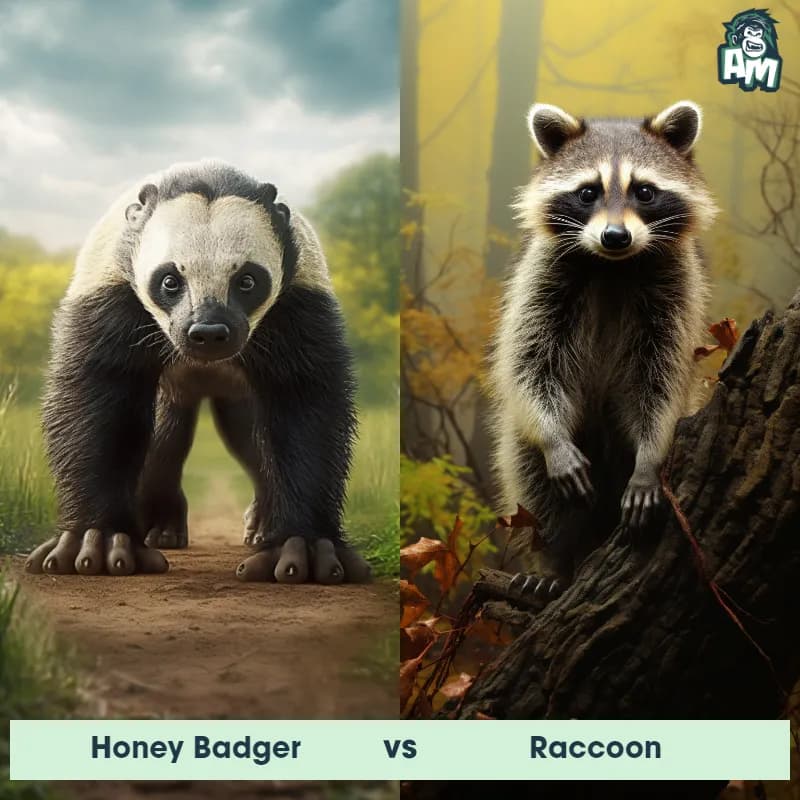
Ladies and gentlemen, welcome to tonight's exciting matchup here at this wild Arena! We have a thrilling three-round fight lined up for you, featuring two tenacious contenders from the animal kingdom. In one corner, we have the fierce and fearless Honey Badger, known for its ferocious attitude. And in the opposing corner, we have the sneaky and nimble Raccoon, famous for its quick and sly maneuvers. Both animals are brimming with determination, so let's see how they fare in this battle of the critters!
Contender 1: Honey Badger
The Honey Badger, also known as the ratel, is a small carnivorous mammal found in Africa, Southwest Asia, and the Indian subcontinent. They have a stocky build, with a broad head, powerful jaws, and sharp claws. Their fur is thick and coarse, ranging in color from gray to black with a distinctive white stripe on their back. Honey Badgers are known for their fearless and aggressive nature, often taking on animals much larger than themselves, such as lions and hyenas. They are also known for their ability to withstand venomous snake bites and their love for honey, which they obtain by raiding beehives.
Fun Fact: Honey Badgers have been known to dig up and eat buried human corpses, earning them the nickname "the world's most fearless animal."
Contender 2: Raccoon
The Raccoon is a medium-sized mammal native to North America, best known for its distinctive black "mask" over the eyes and bushy, ringed tail. These nocturnal creatures have a stocky build and grayish-brown fur. Raccoons are about 2 to 3 feet long and weigh between 10 to 20 pounds. Known for their dexterity, raccoons have nimble hands that they use for a variety of tasks, including opening trash cans and doors, which leads to their reputation as opportunistic feeders and scavengers.
Fun Fact: Raccoons are noted for their intelligence, with studies showing that they are able to remember the solution to tasks for up to three years.
Matchup Stats
| Honey Badger | Raccoon | |
|---|---|---|
| Size | 25-30 inches (63-76 cm) in length | 2 to 3 feet long (60 to 90 centimeters) |
| Weight | 19-26 pounds (9-12 kg) | 10 to 20 pounds (4.5 to 9 kilograms) |
| Speed | Speed: 20 mph (32.19 km/hr) | 15mph (24km/h) |
| Key Strength | Powerful jaws and sharp claws | Dexterity and intelligence |
| Biggest Weakness | Short legs and small size | Lack of size and strength compared to larger predators |
Current Votes
Honey Badger vs Raccoon
See Who Wins
View More Matches
Looking For More?
Similar Matches
Scientific Stats
| Honey Badger | Raccoon | |
|---|---|---|
| Scientific Name | Mellivora capensis | Procyon lotor |
| Family | Mustelidae | Procyonidae |
| Habitat | Terrestrial | Forests, mountainous areas, coastal marshes, and urban areas |
| Geography | Africa, Southwest Asia, and the Indian subcontinent | North America |
| Diet | Carnivorous, eats small mammals, birds, reptiles, insects, and honey | Omnivorous, eating berries, insects, eggs, and small animals, as well as trash and pet food in urban areas |
| Lifespan | 24 years - 26 years | 1.5 years - 3 years |
Key Differences between Honey Badger and Raccoon
- Tail Characteristics: Honey badgers have a fairly short and bushy tail extending approximately 15-26 cm (6-10 inches) in length. Raccoons, in contrast, have long, fluffy tails that are typically 20-40 cm (8-16 inches) long.
- Body Shape: Honey badgers have a compact and muscular body built for digging, with a stocky appearance and relatively short legs. Raccoons have a more slender build, with longer legs and a less robust physique.
- Facial Features: Honey badgers possess a flat, broad face with small eyes and short rounded ears. Raccoons have a more pointed snout, relatively large eyes, and prominent rounded ears.
- Coloration: Honey badgers have a predominantly black or dark brown body with a white stripe running from the top of their head to the base of their tail. Raccoons, on the other hand, have a distinct coat pattern of grayish-brown fur with black rings on their tail and around their eyes.
- Size: Honey badgers are considerably larger than raccoons, with an average length of 55-77 cm (22-30 inches) and weighing between 5-16 kg (11-35 lbs), while raccoons typically measure around 40-70 cm (16-28 inches) and weigh between 3.5-9 kg (8-20 lbs).
- Habitat: Honey badgers are primarily found in sub-Saharan Africa and parts of the Middle East, inhabiting a variety of habitats such as grasslands, savannas, and forest edges. Raccoons, on the other hand, are native to North and Central America, and are commonly found in wooded areas near water sources.



